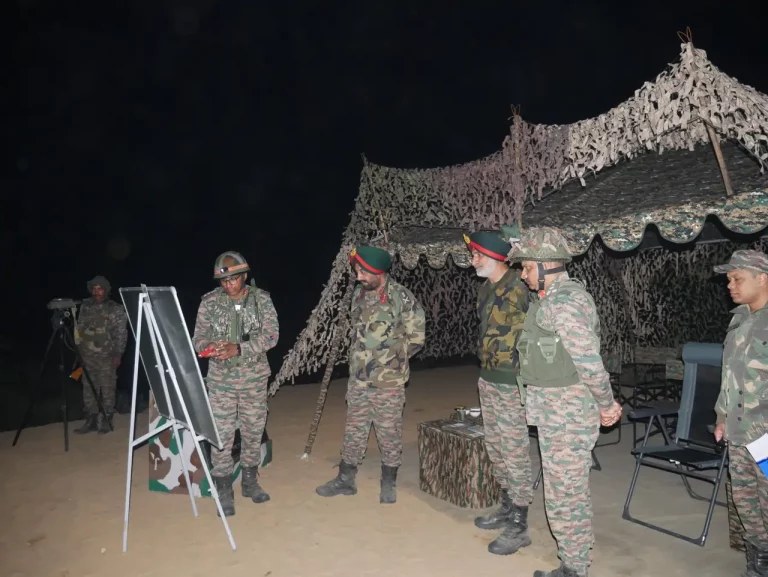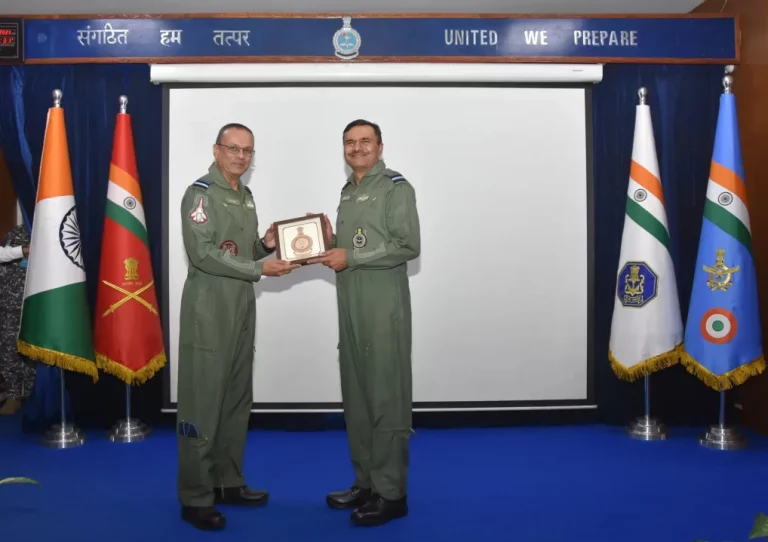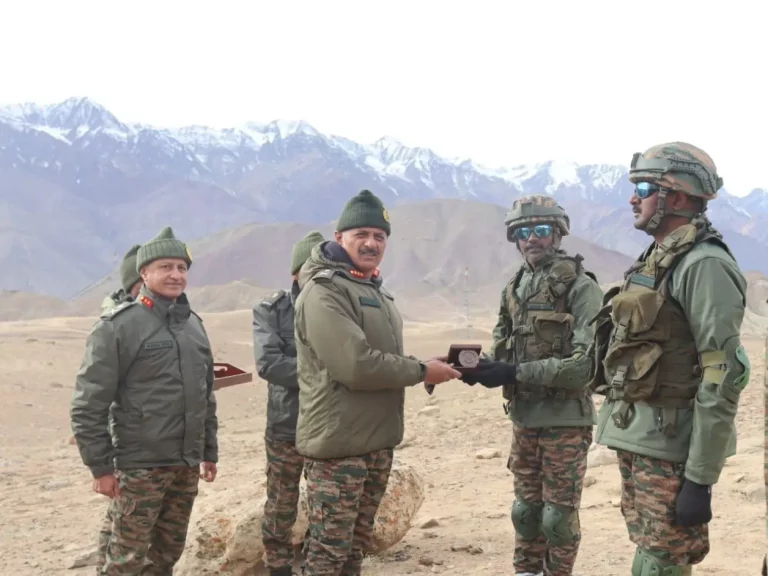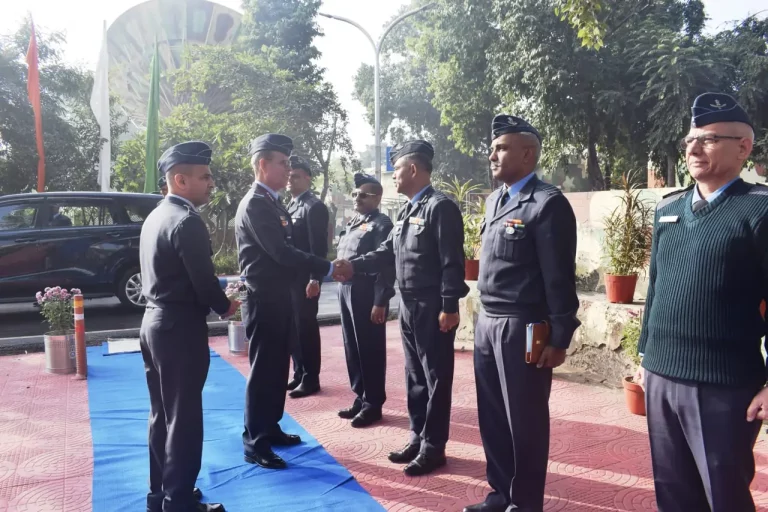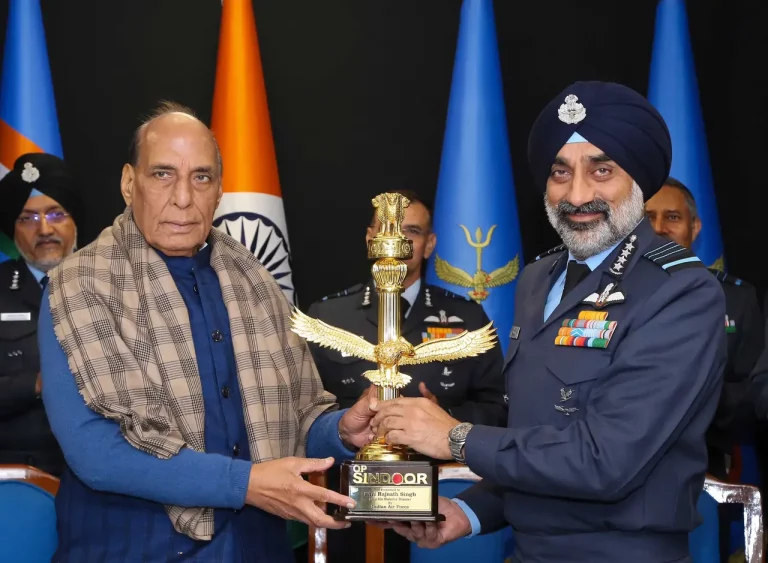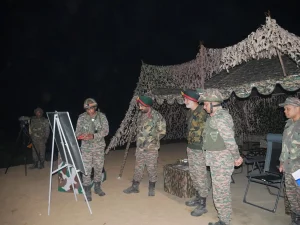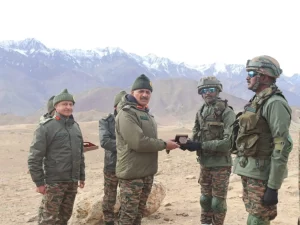On April 22, 2025, a shocking terrorist attack transformed the tranquil Baisaran Valley, near Pahalgam in Jammu and Kashmir, into a scene of violence and despair. The assault, attributed to five militants connected to The Resistance Front (TRF), resulted in 26 fatalities and over 20 injuries, marking it as one of the deadliest incidents in the region since the 2008 Mumbai attacks. Known for its stunning landscapes, Baisaran, often referred to as “mini Switzerland,” became the backdrop for chaos as tourists were caught in the crossfire.
Witnesses described the attack, which occurred around 1:30 PM, as a carefully orchestrated ambush. The heavily armed assailants, using M4 carbines and AK-47 rifles, specifically targeted male tourists while sparing women and children. Eyewitnesses recounted harrowing details, including the militants demanding victims recite Islamic verses, executing those who could not. Among the fatalities was Syed Adil Hussain Shah, a local Muslim who attempted to intervene on behalf of the victims.
Footage from the attack has circulated widely on social media, revealing the horrifying moments of gunfire and panic. One video, filmed by a tourist, captures the serenity of the valley before it is abruptly disrupted by chaos. As screams filled the air, the man recording could be heard saying, “A terrorist attack has taken place here… we escaped narrowly… God will protect us.” Another clip shows tourists fleeing in terror, illustrating the vulnerability of the location, which is difficult to reach and delayed the arrival of security forces by approximately 40 minutes.
Among the victims were diverse individuals, including Lieutenant Vinay Narwal, a newlywed Navy officer on his honeymoon, Intelligence Bureau officer Manish Ranjan, and Bitan Adhikari, a techie visiting from the United States. Survivors provided harrowing testimonials, such as Asavari Jagdale from Pune, who witnessed her father’s murder after he was unable to recite an Islamic verse. Pallavi from Karnataka recounted her husband’s last moments, hearing a terrorist say, “Go tell this to Modi,” before her life was spared. Shubham Dwivedi, having recently married, was also killed after failing to recite the required verse.
Initially, the TRF claimed responsibility for the attack, citing discontent with Indian policies that permit non-Kashmiris to settle in the area. However, four days later, they retracted their claim, alleging a “communications breach” and suggesting that Indian intelligence had a hand in the attack. This shift in narrative has been speculated to stem from influence by Pakistan’s military. Indian authorities have identified Saifullah Kasuri, a commander of Lashkar-e-Taiba (LeT), as the mastermind behind the operation, and sketches have been released of three suspects.
In the aftermath, the attack has escalated tensions between India and Pakistan. India responded by suspending the Indus Waters Treaty, expelling Pakistani diplomats, and implementing stricter border controls. Prime Minister Narendra Modi, upon shortening his visit to Saudi Arabia, convened a Cabinet Committee on Security meeting, pledging to deliver severe consequences for those responsible. Protests outside Pakistan’s High Commission in Delhi demanded the designation of Pakistan as a state sponsor of terrorism.
As the nation mourns, the haunting images from the attack serve as a painful reminder of its human toll. Visuals capturing a young woman supporting her dying husband and families engulfed in grief have become emblematic of the tragedy. While security forces continue their operations to apprehend the assailants in the sealed-off region, the emotional scars left on the idyllic meadows of Pahalgam will endure, alongside persistent calls for justice.



